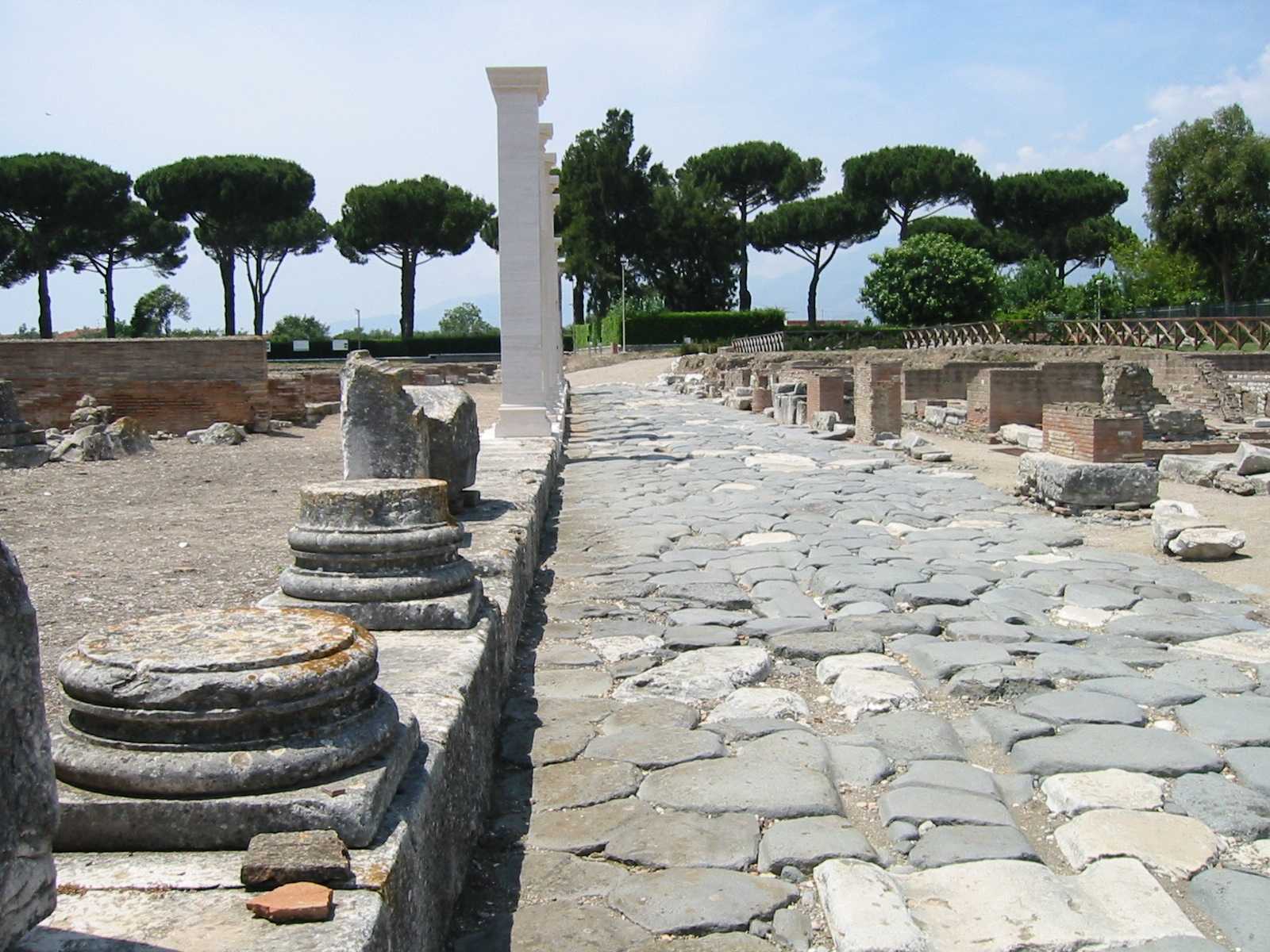Discovering the Via Appia Antica
The Via Appia Antica, often referred to as the “Queen of Roads,” is one of the oldest and most important roads of ancient Rome. Stretching from Rome to the port city of Brindisi in southeast Italy, this ancient road was a crucial artery for trade, military, and cultural exchange. Today, it offers a unique glimpse into the past, allowing visitors to walk in the footsteps of Roman soldiers, merchants, and travelers.
Historical Significance
The Via Appia Antica was constructed in 312 BC by the Roman censor Appius Claudius Caecus. It was initially built to facilitate the movement of troops and supplies during the Samnite Wars. Over time, it became a vital route for commerce and communication, linking Rome with the southern regions of Italy. The road’s construction was a remarkable engineering feat, featuring large stone slabs that have withstood the test of time. As you walk along the Via Appia, you’ll encounter ancient ruins, tombs, and monuments that tell the story of Rome’s expansion and influence.
What to See and Do
Exploring the Via Appia Antica is like stepping back in time. Start your journey at the Porta San Sebastiano, one of the best-preserved gates of the Aurelian Walls. From there, you can follow the road through the Parco Regionale dell’Appia Antica, a protected area that preserves the natural and historical landscape. Along the way, you’ll find several notable sites:
- Catacombs of San Callisto and San Sebastiano: These ancient burial sites offer a fascinating look at early Christian history. Guided tours are available, providing insights into the catacombs’ significance and the lives of those buried there.
- Tomb of Cecilia Metella: This impressive mausoleum was built for the daughter-in-law of Crassus, a wealthy Roman general. Its cylindrical structure is a striking example of Roman funerary architecture.
- Villa dei Quintili: Once a luxurious residence of the Quintili brothers, this villa offers a glimpse into the opulent lifestyle of Rome’s elite. The ruins include well-preserved mosaics and thermal baths.
Tips for Visiting
To make the most of your visit to the Via Appia Antica, consider the following tips:
- Plan Your Route: The road stretches for miles, so decide which sections you want to explore. Renting a bike is a popular option, allowing you to cover more ground while enjoying the scenic views.
- Wear Comfortable Shoes: The ancient stones can be uneven, so sturdy footwear is essential for a comfortable walk.
- Bring Water and Snacks: There are limited facilities along the road, so it’s wise to carry water and snacks, especially if you plan to spend several hours exploring.
- Visit on a Sunday: The road is closed to motor traffic on Sundays, making it a peaceful time to explore without the noise and congestion of cars.
- Check Opening Hours: Some sites, like the catacombs, have specific opening hours and may require advance booking for tours.
The Via Appia Antica is more than just an ancient road; it’s a journey through history, offering a tangible connection to the past. Whether you’re a history enthusiast or simply looking for a unique experience in Rome, walking the Via Appia is an unforgettable adventure.
